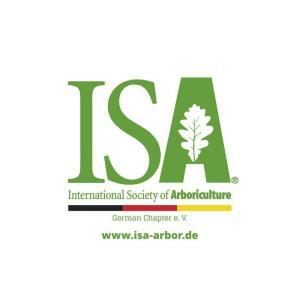From the moment I walked through the door of the conference center in Columbus, Ohio this summer, I felt the synchronicity that comes from being around thousands of individuals with a passion for trees and forests. And there were plenty of “big beards” (like mine) among the assembled scientists, arborists, ecologists, botanists, mycologists, and conservationists!

This was my first ISA (International Society of Arboriculture) International Conference in six years, and I was astounded by the advances in plant health care and the latest tools available - such as the sonic tomograph. This device uses sound waves to look inside trees in the way a doctor uses sonar to examine a pregnant woman’s fetus. It allows detection of cavities, cracks, and decay not visible on the surface, giving a very accurate picture without having to use the invasive boring procedures used in the past.
One of my favorite classes focused on morphophysiology (the biological study of the relationship between form and function) and the management of “veteran” trees. This presentation gave a fascinating look at the aging process of many old trees. Research has yielded a new and very different perspective on tree cavities, crown reiterations, and taproots. Tree cavities are large hollows that occur in older trees and were often considered weak spots or structural defects. Through years of observation and study, scientists have found cavities can be a source of renewed strength when new columns form along the inside walls. In addition, cambial bridges grow and interconnect in areas around the cavity. These trees are able to create an incredibly strong structure -- similar to the engineering used in the Eiffel Tower -- utilizing columns and cross ties, with no central support. Veteran trees may also create crown reiterations (replicas of the original young tree} high in their canopy. Studies have also shown a similar pattern in the root system with the loss and re-growth of the taproot and secondary taproots, a process which might occur a number of times throughout a tree’s life.
The conference featured many other programs, ranging from the latest on the American chestnut, to diagnostics, to building and maintaining healthy soil. I will be incorporating this information in future articles, as well as in my public presentations, classes, and radio call-in shows. Most important, the knowledge gained at the conference will be relevant to Landis’ old growth forests and to the care of our collections.
Questions about trees and tree care may be addressed to Fred Breglia by emailing fred@landisarboretum.org or by phoning the Arboretum office at 518-875-6935.
